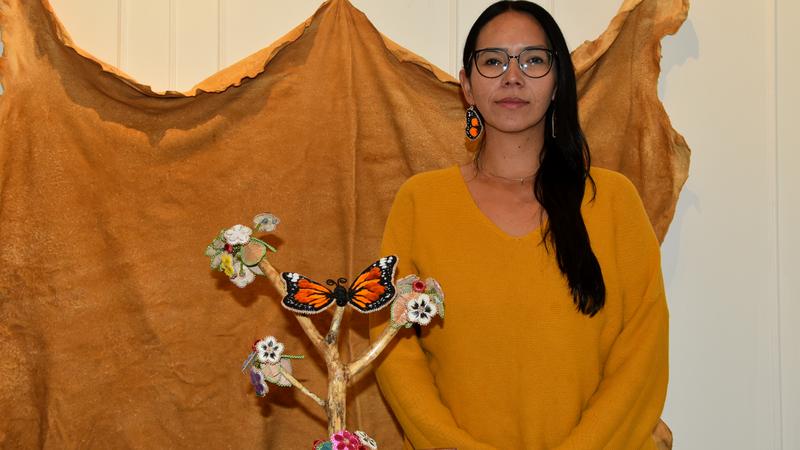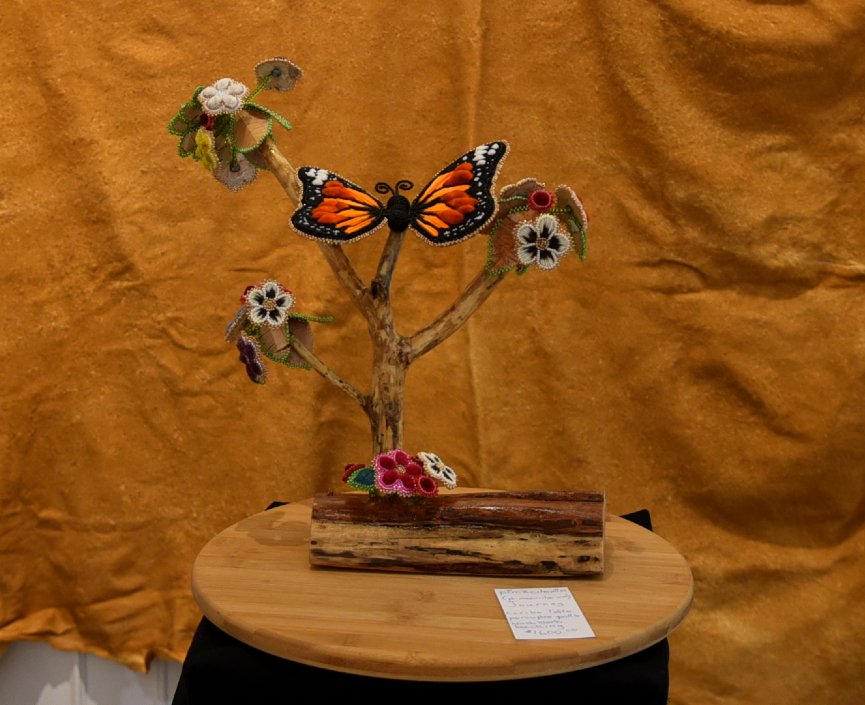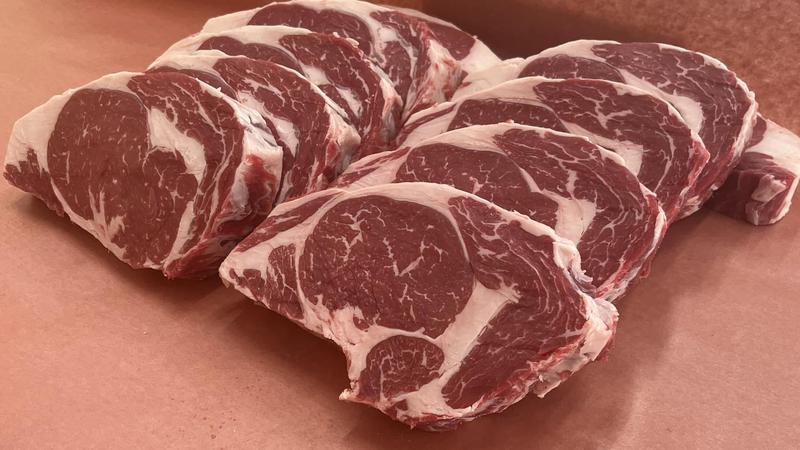
Beaded sculpture on display in P.A. takes history & adds creativity to make something new
No word exists to describe the sculpture local artist and teacher Orlanda Flett has created that now sits in a gallery in downtown Prince Albert.
Flett herself had a hard time describing her artwork – which took things like earrings she beaded a long time ago, adding some newly acquired skills with porcupine quills – and made something completely different.
“I wanted to keep true to our Indigenous heritage,” said Flett, who is Cree and Métis. “With the sculpture, I thought about that too. It’s different, it’s not what you typically see so I thought about that.”
First, she wondered if it was OK then decided at the end of the day it was.



